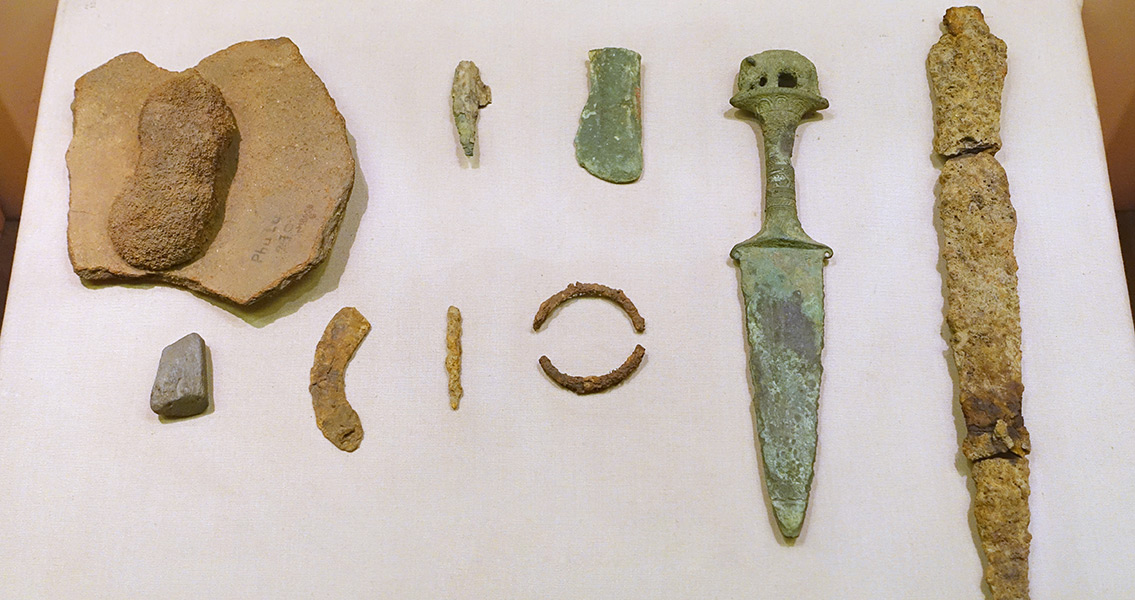<![CDATA[An archaeological dig in the Vietnamese city of Da Nang has yielded a massive find – a collection of five stone axes thought to be at least 3,000 years old that link an ancient civilization to a more recent one. These axes, if their age is verified at three millennia, would be identified as relics dating to the Sa Huynh culture, a civilization that is understood to have inhabited the Mekong Delta region and central Vietnam from around 1000 BCE to 200 CE. The Sa Huynh people are thought to be the progenitors of the Cham, a people who ruled a vast kingdom that stretched along the eastern coast of modern-day Vietnam from 600 CE to 1700 CE. Archaeologists from the Vietnam Archaeology Institute made the discovery during the excavation of a garden of a Khue Bac communal house located around 15 kilometers from the center of Da Nang. The garden, which is situated in the foothills of the Ngu Hanh Son Mountains, has yielded archaeological finds in the past according to Ho Tan Tuan, the director of the municipal Heritage Management Centre. In an interview with Vietnam News, the archaeologist described how a large cache of stones, ceramics and stone axes dating from the Early Cham period of 100-200 CE had been uncovered in this initial dig site in 2001; the new excavation, which began last month, “provides more details on the appearance of the Sa Huynh Culture and the early Cham in the area," according to Tuan. Additionally, artifacts uncovered at the site also confirm the existence of civilizations in the area that predate the Sa Huynh. The excavation efforts have found that upper levels of the dig sites contain Early Cham artifacts, while deeper layers contain artifacts from the Sa Huynh, providing evidence that the two cultures inhabited the same geographical region, although separated by a period of several hundred years. In addition, the discovery of coins bearing the stamps of other Asian cultures helps prove that Chinese traders were doing business within the region in the 1600s and 1700s, according to Pham Van Trieu, an archaeologist involved with the excavation. The dig is scheduled to continue for the rest of this month, with the research team planning to publish its final results early in July. Meanwhile, the discoveries at the Khue Bac communal house aren’t the only artifacts uncovered in recent years in Da Nang and related locales. In fact, the foundations of several Cham tower complexes were discovered by a joint venture between the Da Nang Cham Sculpture Museum and the Hanoi University of Social Science and Humanities during a study that began in 2012 and continued until 2014. Researchers discovered the ruins in the city’s Hoa Vang District, with the towers understood to have been erected in order to honor Champa kings that ruled the region from the fourth century through the thirteenth century; the foundations were found in both Phong Le Village and Qua Giang within Da Nang. Image courtesy of Wikimedia Commons user: Daderot]]>
3,000 Year Old Stone Axes Found in Vietnam
